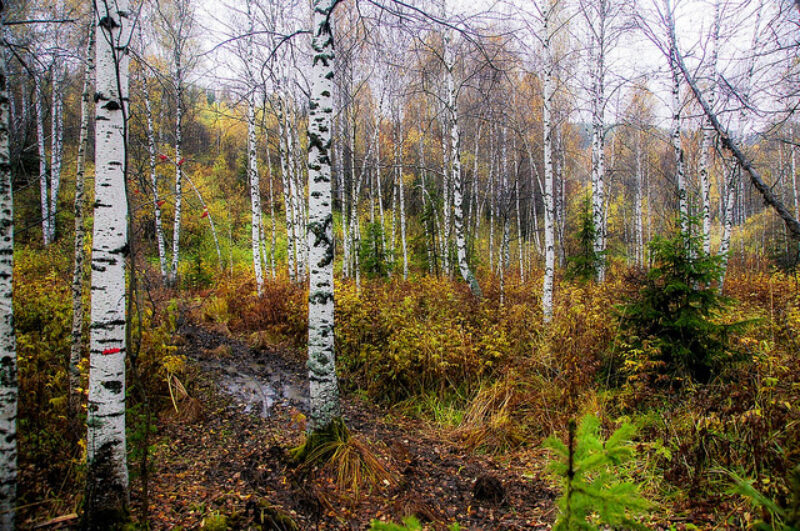Climate Action Tracker rates Russia's INDC "inadequate"
Share

The INDC states that this target is subject to “the maximum possible account of absorbing capacity of forests.” However, it does not provide any further information on which accounting rules it has used, nor the potential magnitude of their impact on emissions levels in 2030. The CAT’s interpretation of this is that the Russian Federation will use a net–net approach.
Russia’s emissions dropped substantially after 1990 and forestry emissions have turned from an emissions source into an emissions sink. Given Russia’s projected forestry sink of around 0.5 GtCO2e in 2030 (Russian Federation, 2014a), the CAT assessment is that Russia’s proposed commitment for 2030 allows emissions of industrial GHG [1] to grow significantly from the current levels to 3.0 to 3.2 GtCO2e in 2030 (excluding LULUCF): 6% to 11% below 1990 levels of industrial GHG emissions. To achieve this proposed target, Russian needs to take no further action other than its currently implemented policies.
The “inadequate” rating indicates that the Russian commitment is not in line with interpretations of a “fair” approach to reach a 2°C pathway. To be rated “sufficient” Russia would have to put forward a much more stringent target.
Russia has previously made a commitment to reduce emissions by 25% below 1990 levels by 2020. It is unclear whether forestry sinks are taken into account for this target. Even if these are excluded, this still implies an increase of 16–17% compared to the 2010 industrial GHG emissions level (excluding LULUCF) and is rated to be an “inadequate” level of ambition (2010 industrial GHG emissions were already 34% below 1990 levels).
To be on track for its long-term target, which the CAT also rates “inadequate”, Russia’s emissions would need to peak and start declining at much higher rates of reduction post-2030.











